READY TO GET STARTED?
REQUEST A FREE ESTIMATE
Fill out the form below or call (888) 466-7849 for a free, no-obligation estimate.
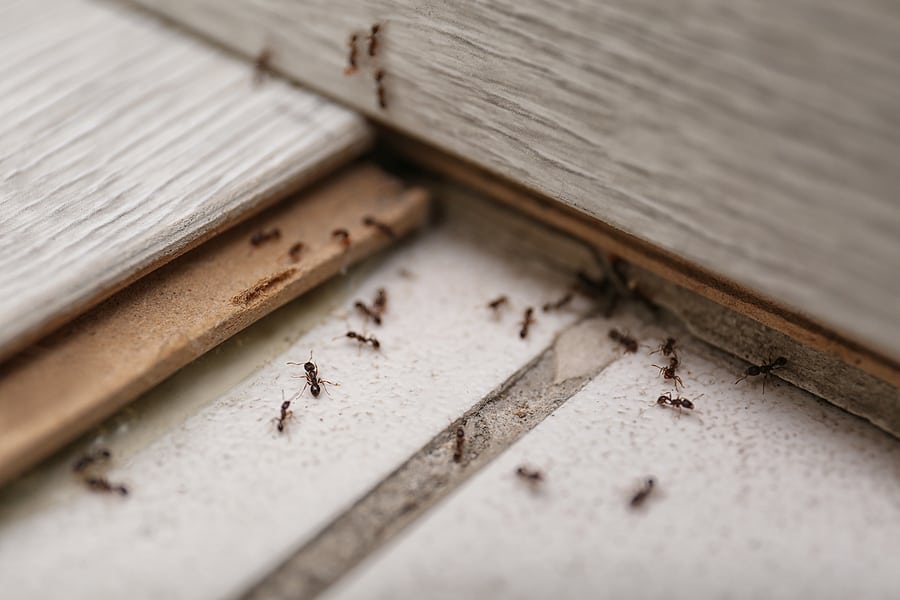
Home ownership comes with loads of responsibilities, with pest control one of the most important. Routine pest control is a sound investment that helps protect both your investment and the health of your family. Here are 5 benefits to routine pest control.
Routine pest control allows professional pest control technicians to identify potential pest problems before they become full blown infestations. Once identified, preventative measures can be put in place to help keep pests from coming back. By thoroughly inspecting your home, these professionals can give you tips to seal entry points, repair any problematic areas, and make changes to reduce things that attract pests to your home in the first place.
Pests can not only carry diseases, they also can trigger allergies and asthma and contaminate food and surfaces throughout your home. Many pests are also attracted to moisture. If you have areas where there are leaks, wet or rotted wood, or other high moisture content, this can lead to mold and bacteria which is also extremely unhealthy for you and your family. Routine pest control helps correct these unhealthy conditions that can attract pests.
Catching pest problems early saves you money in the long run. It is less costly to treat a problem early than it is to treat a full blown infestation. Not only that, if an infestation is allowed to grow over a long period of time, these pests can do significant damage to your home, not only costing you money to treat for the pests, but also for expensive repairs to any damage they’ve caused.
Pest control professionals can help identify any problem areas like moisture issues, leaks, cracks in foundation, openings around doors and windows, roof damage, and crawlspace issues. These issues can lead to water damage, increased utility bills, put more work on your HVAC systems, causing them to wear out sooner, and even structural damage to your home. By identifying these issues earlier, you can repair them sooner, hopefully preventing even more damage by leaving them untreated.
With routine pest control, there’s no need to wait until a pest problem arises. Visits are scheduled on an ongoing basis, saving you the hassle of calling around to find someone who can come out at the last minute. This also guarantees you priority if an issue comes up in between your regularly scheduled visits. Your technician will also be familiar with you and your home, making it easier to identify where the problem might have started and how to remedy it quickly and efficiently.
Contact your local pest control company today to get started with your routine pest control needs.
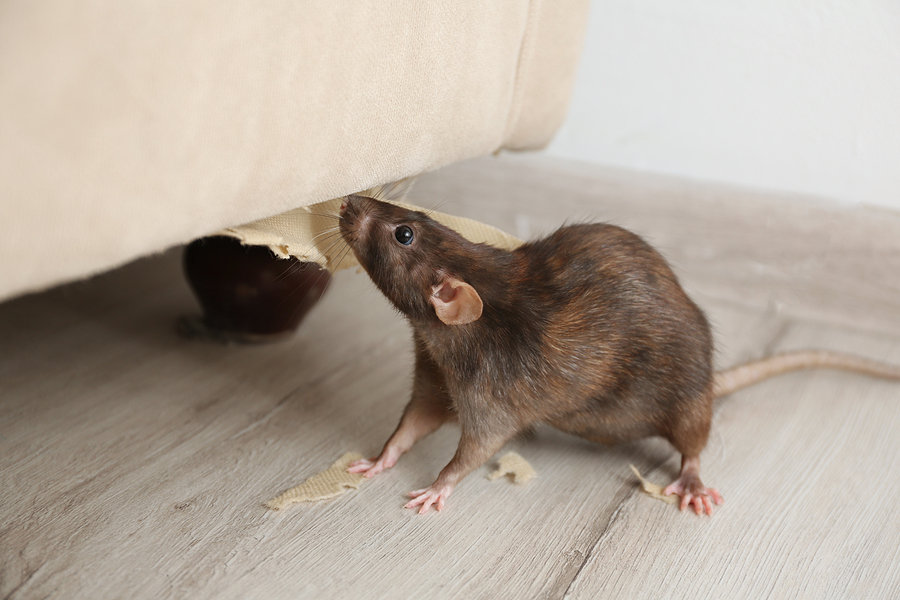
Pest control starts at home. By establishing a good line of defense on the home front, you’re less likely to need to mount an offense against those pesky pest invaders. Prevention is key to keeping a small pest problem from becoming a full fledged pest invasion. Here is our guide to home pest control:
The fewer pests you have outside your home means less of a chance they will make their way inside your home. Make your yard less hospitable for pests to reduce the likelihood they will move indoors. Keep tree branches and shrubbery trimmed back so they don’t touch your house. This helps eliminate “bridges” they can use to get inside. Mulch is also excellent for sheltering unwanted pests. Consider using a cover that is less attractive like rock. Clean out leaves and other debris from gutters or install gutter guards to help prevent standing water.
The best way to keep pests out is to find out how they can get in and eliminate these points of entry. Routinely inspect the entire exterior of your home for gaps, cracks, and crevices. Check foundations, loose siding, missing shingles, and gaps around utility lines (especially pipes, wiring, and cable). Seal any openings you find with either copper mesh, steel wool, sheet metal or mortar. Try not to use expanding caulk because some pests can still chew through this (think rodents!). Keep an eye out for signs of termites including mud tubes, damaged wood, or cracked and bubbling paint. Repair fascia and rotted roof shingles. Replace weather stripping and make sure to repair loose mortar. Use screens on windows, attic vents, and chimney openings.
Bugs tend to be more attracted to standard mercury vapor lightbulbs. Consider replacing your standard lightbulbs with high pressure sodium vapor or halogen bulbs instead. What the bulbs are made of aren’t the only thing you should consider. Check the color of the lightbulbs, as well. Bulbs with pink, yellow, and orange tints are less attractive to pests.
Garbage attracts pests like rodents, roaches, and even ants. These pests are also attracted to yard waste which can provide them with both a source of food and a nesting site. Use garbage and recycling cans with tight-fitting lids. Make sure to clean both the garbage cans and the area where they sit on a regular basis. Clean up any spills and leftover debris that these pests can feed on. Keep your deck, patio, garage, and yard clear of leaf litter, clippings, and standing water. Rinse all the food off anything you are recycling before putting them in the bin. Store your cans outside whenever possible.
Inspections shouldn’t be limited to outside the home. The interior needs to be inspected regularly, as well. While inspecting, make sure to look under, inside, and behind cabinets, the refrigerator, and the stove for signs of household pests. Look for gaps around pipes, vents, and cables and in the trim. If you find any gaps, seal them up, especially if they are 1/4″ in size or bigger. Check for moisture under sinks and repair leaky pipes, Use a dehumidifier in crawlspaces, attics, and basements.
Drains in the sink, tub, shower, and floor can hold moisture and accumulate debris and gunk. This not only attracts pests but also provides them with the ideal environment to breed in. Inspect and clean all your drains on a regular basis, including those in the laundry room and basement.
Establishing a regular cleaning routine helps keep your home clean, making it less attractive to pests. Keep food stored in containers with tight fitting lids or resealable bags. Never leave open food out overnight. Keep the pantry cleaned out regularly to get rid of spoiled food and other items. These steps will help eliminate pantry pests. Wipe down countertops daily and keep ripe fruit in the fridge. Wash dishes or load the dishwasher nightly and don’t leave dirty dishes in the sink overnight. Sweep, vacuum, and mop on a regular basis, as well. This not only disturbs the areas that pests may frequent but also helps eliminate crumbs and debris that can serve as a food source.
Pets aren’t immune to pest problems. Not only can pests hitch a ride inside on your pets, but their food and water also serve as attractants. Keep your pet’s food and water bowls clean and clean up any spilled food and water immediately. Launder your pet’s bedding in hot water every week. Store pet food in a sealable container. Per your vet’s recommendations, use appropriate flea and tick prevention as needed.
A small pest problem can escalate quickly; but with this handy guide to home pest control, you can take the necessary steps to prevent a pest infestation. If your pest problem has gotten out of control or you want a little extra help from a pro, contact a professional pest control company for a complete inspection and treatment plan.

One thing that is sure to put a damper on your holiday spirit is unwanted pests! The holiday season provides ample opportunity for household pests to make their way into your home. Spiders, rodents, ants, ticks, and other overwintering pests will commonly invade in search of food, water, and shelter.
Holiday pests will use Christmas trees, wreaths, firewood, decorations, storage boxes, luggage, and more to hitch a ride into your home. Some pests will hide in the branches and crevices of Christmas trees, wreaths, garland, and firewood. They can even lay eggs which will then hatch after you bring them inside. Mice and other pests will take refuge inside your storage boxes that hold decorations. You may find live pests, dead pests, or droppings inside these containers. You may also find that they have chewed or damaged wires inside the box.
Increased travel at the holidays increases the risk of bed bugs. These pests hitch a ride on unsuspecting travelers’ luggage, coats, purses, and more. The kitchen is often the central gathering place for holiday cooking and meals. It can also be a big source of food for unwanted pests. Crumbs, spills, leftovers, and dirty dishes all provide an easy food source for holiday pests.
Don’t let pests ruin your holiday plans. Keep them away with these 5 holiday pest control tips.
Pests can come indoors on live trees, wreaths, garland, and firewood. Carefully inspect these items outside before bringing them inside. Make sure to check for live pests, nests, and eggs. Shake them out carefully to disturb any slumbering pests and to knock off any hidden pests.
Pests will hide out in boxes used to store decorations and other holiday items. Unpack these items outside and inspect them all carefully for signs or pests including dead bugs, live bugs, droppings, gnaw marks, and other damage. Carefully check strings of lights and other wires for signs of chewing.
Holiday meals are centered around the kitchen. Clean up the kitchen after cooking. Wash dishes or load the dishwasher and don’t leave dirty dishes out overnight. Sweep up any crumbs from the floor and clean up spills immediately. Make sure to empty the trashcan frequently, especially before bedtime.
Bed bugs are common at the holidays because of the increase in travel. Whether you are going away or you have guests coming in, inspect the bedding carefully for bed bugs. Signs of bed bugs include live bugs, reddish brown spots on bed linens, and shed skins. These can be found on beds, mattresses, box springs, linens, curtains, furniture, and even baseboards. Check luggage before bringing it into the house. Wash clothes in hot water and dry on hot heat as soon as you return home.
At the end of the holidays, taking down decorations and storing them for next year becomes a priority. Store your holiday decor in plastic storage bins with sealing lids rather than cardboard boxes or bags. Don’t pile discarded trees, garlands, or cut firewood near your home as these can attract termites and rodents.
The holiday season is a time of great joy, family, and friendship. Don’t let holiday pests ruin your year. If you have a problem with any type of critter in your home, contact your local pest control company for a free inspection and comprehensive treatment plan.
Crawlspace Enclosure: The Cure For Cold Feet
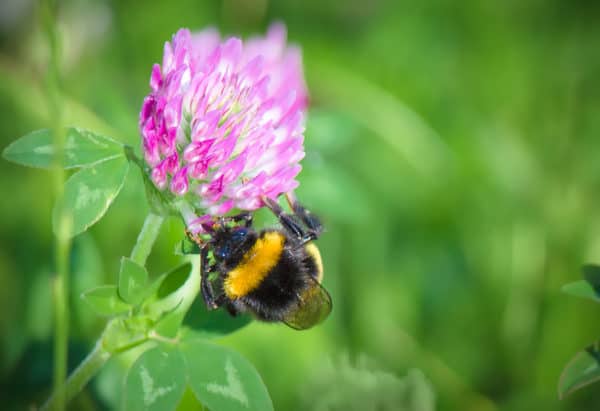
A household pest is any undesired animal that has a history of living, invading, causing damage to, eating food from, acting as a disease vector for, or causing any other harm to a human habitat. While most are considered a nuisance, household pests become dangerous when they pose a risk to health, property, or lifestyle. Household pests aren’t just limited to insects; they also include arachnids, rodents, and wildlife.
While household pests can be found year-round, some are more common in the summer months. Here are 8 of the most common summer household pests and how you can prevent them.
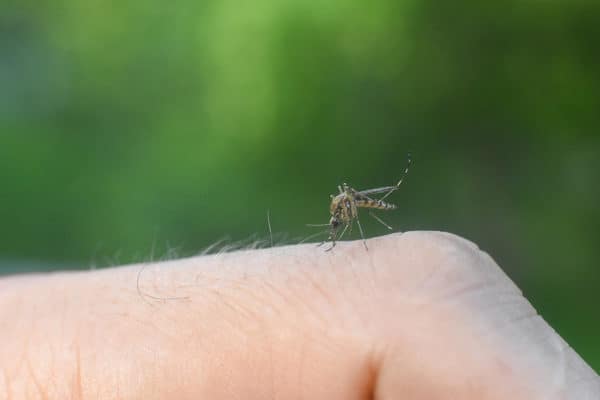
Mosquito season peaks in the summer months. The warm weather and humid environments accelerate their life cycle so they are able to reproduce in large numbers during this time. You are most likely to see mosquitoes when you have standing water on your property. Mosquitoes lay eggs in standing water and the hot, humid climate in summer is ideal for both breeding and to find food sources. Mosquitoes are dangerous to humans as they carry pathogens that can cause serious diseases like Zika and West Nile virus.
Mosquitoes can be prevented by:
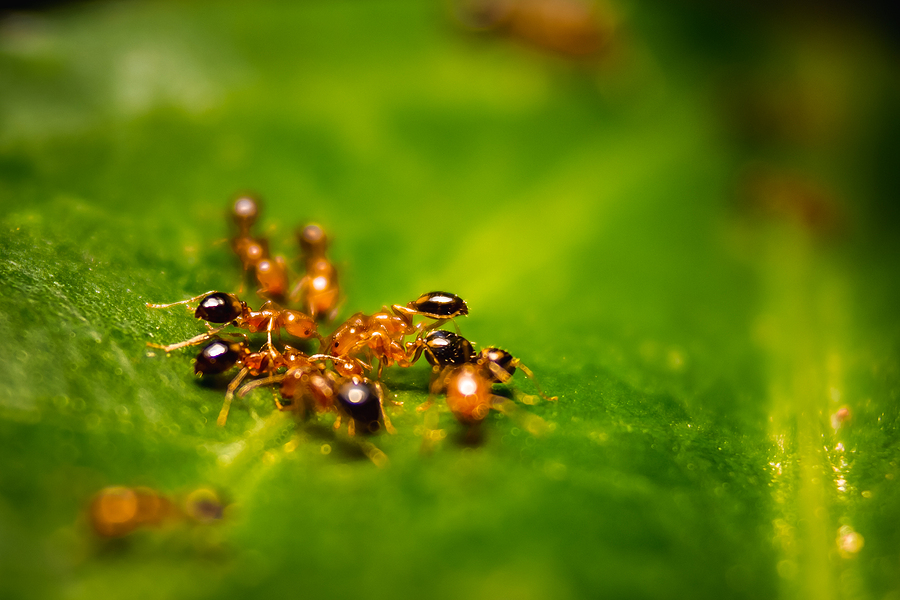
Ants hibernate in the winter and come out in full force over the summer. They have to forage in the summer months to feed their growing colonies and to build up their reserves for fall. Ants are usually seen indoors in the summer because they are searching for food and water as these can become scarce for them.
Ants can be prevented by:
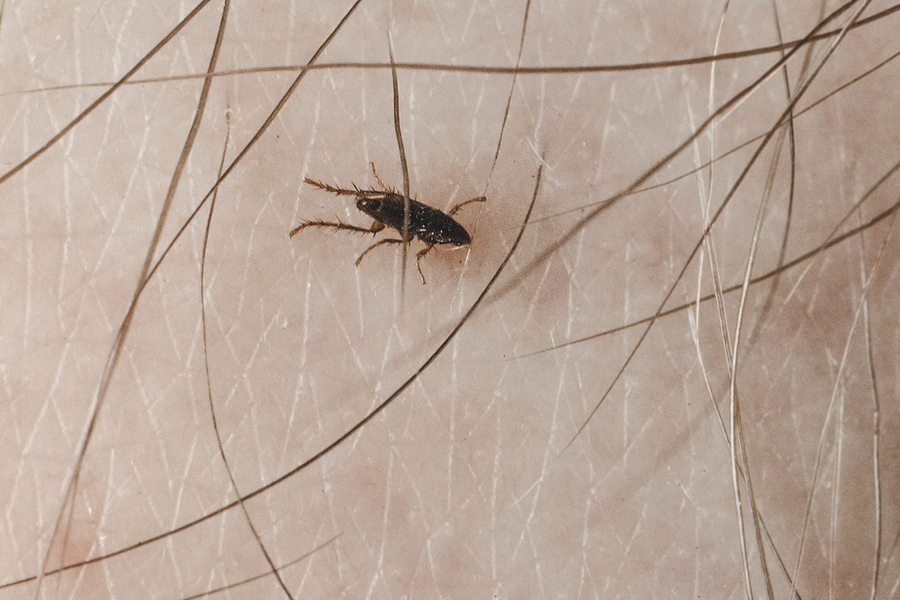
Fleas are prevalent in the summer months, although they can be found on pets year-round. Pets will indicate the presence of fleas by scratching and biting when they come in from outdoors.
Fleas can be prevented by:
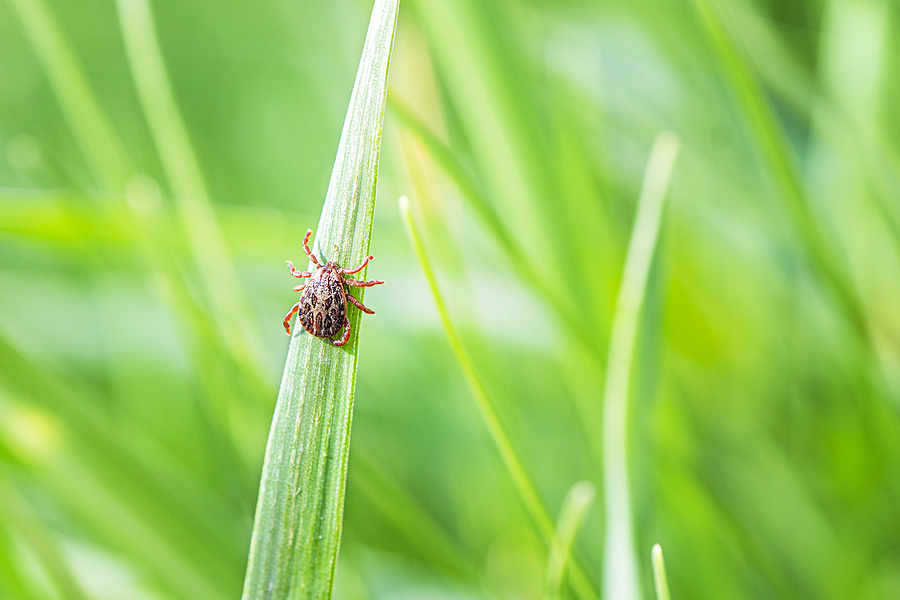
Ticks are problematic to humans and pets because they spread diseases like Lyme disease and Rocky Mountain spotted fever. Tick bites increase in the summer because people and animals are spending more time outside. The US is also seeing an increase in ticks because of the combination of mild winters and an increased population of deer and rodents which are known to carry ticks.
Ticks can be prevented by:
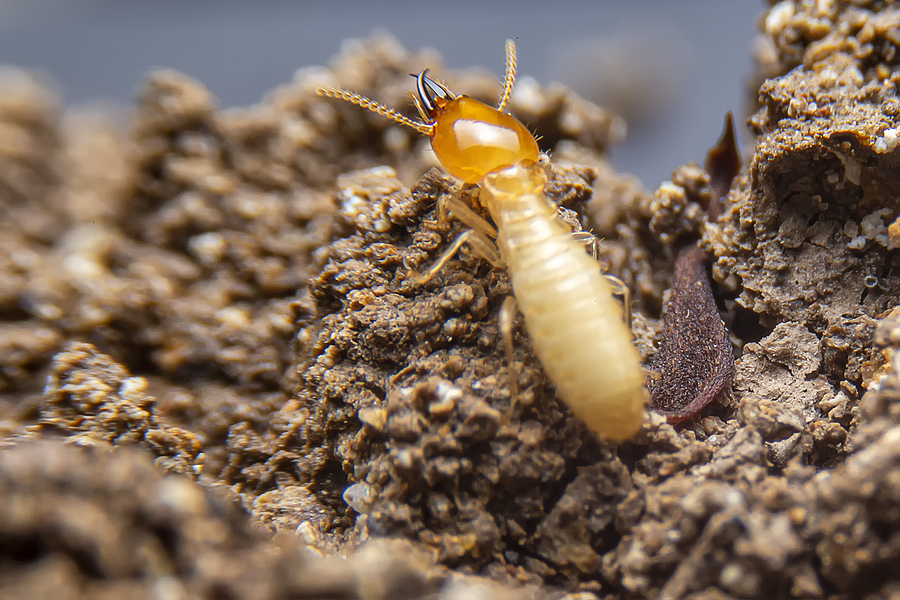
Termite swarming season is in the spring but these newly established colonies grow exponentially in the summer. Termites can go long periods of time undetected, causing significant damage to your home. It is important to keep an eye out for signs of termites so you can catch them early.
Termites can be prevented by:
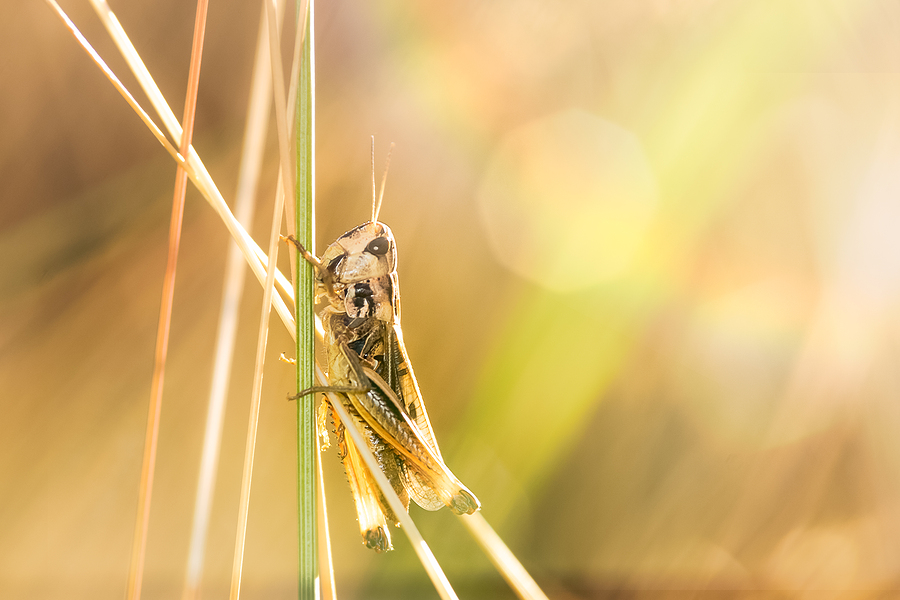
While most people view grasshoppers as just a nuisance pest, they can be devastating to gardeners and farmers. Grasshoppers can devour an entire field of crops in just a few days. Grasshoppers surge in large numbers in the summer months and are most prevalent in dry, hot summers. Grasshoppers can also cause damage to non-farmers as these are one of the only pests that can chew through screens.
Grasshoppers can be prevented by:
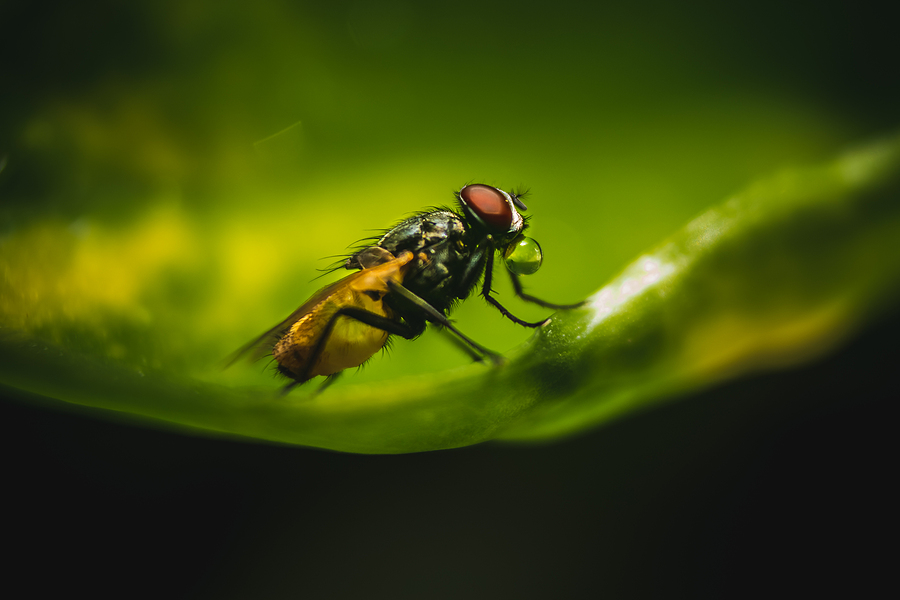
Flies invade your home in the summer months to escape the heat. They only reproduce during the hotter months and reproduce even more prolifically when they get indoors. Flies will stick around well into the fall months.
Flies can be prevented by:
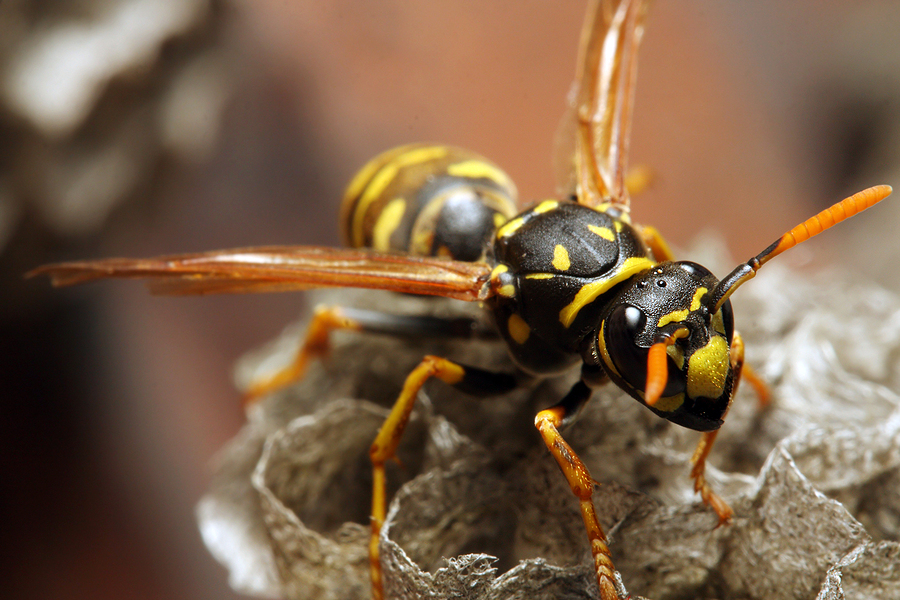
Stinging insects mate in the spring and their populations grow during the summer months. Hornets and yellow jackets are especially common in the summer because they have to establish new nests each year. These are usually found under decking or under piles of leaves. These stinging insects are potentially dangerous for people with allergies. Yellow jackets and bees can also get into the walls of homes, causing significant damage.
Stinging insects can be prevented by:
Don’t let these common summer pests ruin your summer. If you have a problem with any of these pests, contact a professional pest control company who can help eliminate them safely and prevent them going forward.
Termites: How to Stop Their Damage

The leaves are changing colors and there’s a chill in the air. Finally! A break from the heat. And while most of us are looking forward to the cooler weather, the change in temperature also means changes in your home. As the weather cools off, it becomes more difficult to regulate your household temperature. And as your heating and cooling system works harder to control the temperature, the increased usage translates into increased utility bills. The is also prime time for wildlife and pests to seek shelter and food inside your home!
Thermal Accoustical Pest Control insulation (TAP) is energy star-rated attic insulation made of 87% recycled newsprint. TAP insulation helps regulate the temperature in your home by keeping them consistent throughout all four seasons of the year. For example, TAP keeps warm air inside and cold air outside during the winter months. By reducing the energy needed to heat and cool your home, utility bills costs can be lowered by up to 30%!
As an added bonus, TAP is treated with borates – a natural pest control product, providing permanent pest protection against roaches, ants and other unwelcome pests in your home. TAP insulation is also treated with a flame retardant that helps limit the spread of fire.
Install TAP insulation in your attic to get these benefits, not only this winter but throughout the rest of the year: